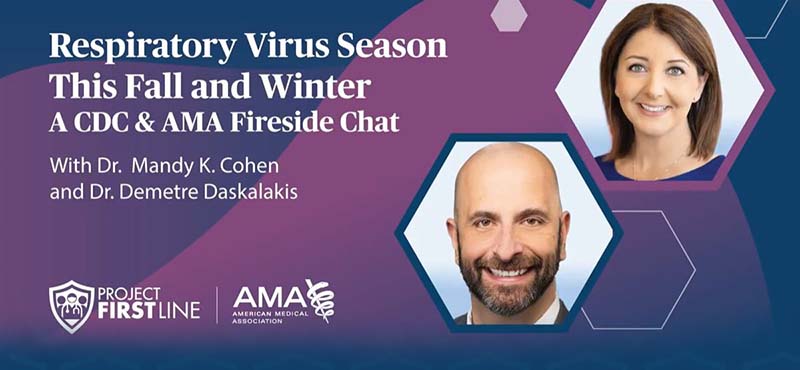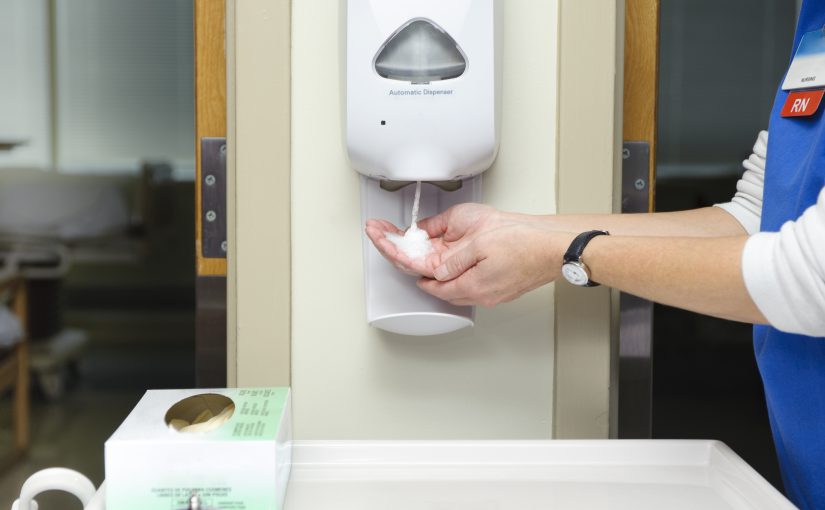Safe Healthcare Blog
In case you missed it: Fireside Chat with CDC Director on Respiratory Virus Season

Respiratory infections such as influenza (flu), COVID-19, and respiratory syncytial virus (RSV) continue to spread within communities and healthcare settings. In a recent webinar with CDC’s Project Firstline and the American Medical Association (AMA), CDC Director Dr. Mandy Cohen discussed the impacts of the current respiratory virus season, the importance of vaccination, and the importance Read More >
Posted on byA CDC Update on the Part One Draft update to the Guideline for Isolation Precautions: Preventing Transmission of Infectious Agents in Healthcare Settings

The COVID-19 pandemic has forever changed the approach we take in healthcare settings to protect healthcare personnel, patients, and others from transmission of respiratory infections. Experimental and observational data show that an important pathway for transmission of severe acute respiratory syndrome coronavirus 2 (SARS‑CoV‑2) is via inhalation of small particles in the air generated by Read More >
Posted on by 109 CommentsCombating Antimicrobial Resistance in Argentina: Legislation for the Future

Argentina’s Ministry of Health is implementing the first legislation in South America using a One Health framework to combat antimicrobial resistance (AR), representing Argentina’s commitment to combating AR. Argentina is also participating in CDC’s Global Action in Healthcare Network (GAIHN) to strengthen the capacity to detect, prevent, and respond to AR. History and Development of Read More >
Posted on byIn case you missed it: November HICPAC Public Meeting recap

The Healthcare Infection Control Advisory Committee (HICPAC) held a public meeting Nov. 2-3, in Atlanta, Ga. Per the Federal Advisory Committee Act, and as has been done throughout the HICPAC meetings, official meeting minutes will be available on the HICPAC website in the coming weeks. Until then, below is a summary of key issues from Read More >
Posted on by 2 CommentsAntibiotic Stewardship when an Allergy Label is Present Improves Our Antibiotic Care and Treatment Outcomes

Did You Know? Although 10% of the population in the U.S. reports a penicillin allergy, less than 1% of the population is truly penicillin allergic. Broad-spectrum antibiotics are often used as an alternative to penicillins. The use of broad-spectrum antibiotics in patients labeled “penicillin-allergic” is associated with higher healthcare costs, increased risk for antimicrobial resistance, Read More >
Posted on by 2 Comments

